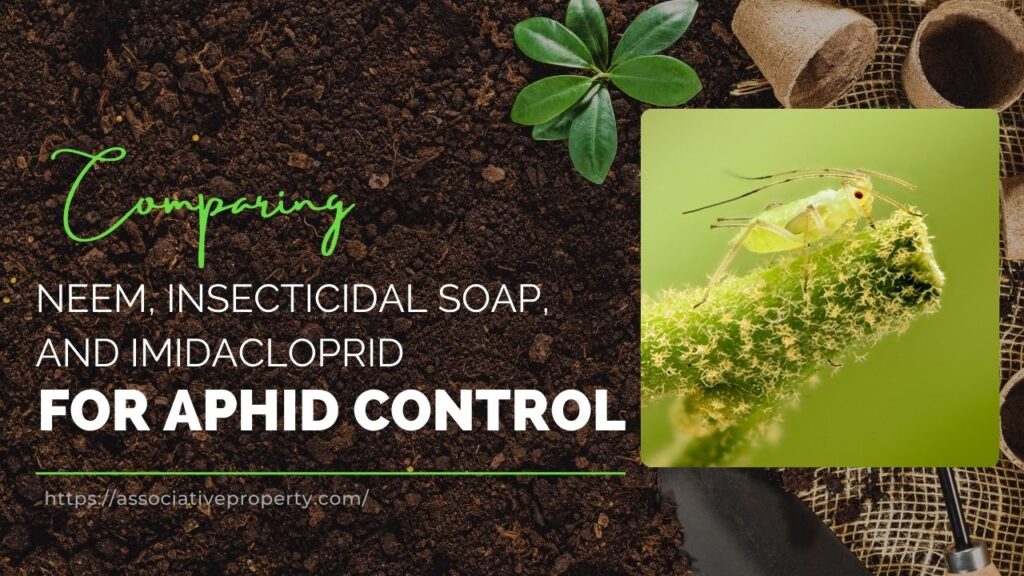Fire ants aren’t just annoying. They’re dangerous. I found that out the hard way when they started showing up around my home. These pests aren’t like regular ants. They sting, and the toxins they release can harm not just people but also pets.
In this post, I’ll share exactly how I handled the problem step by step. I’ll walk you through the process I used to get immediate control and eventually eliminate fire ants completely from my property.
| Category | Fact or Statistic |
|---|---|
| Fire Ant Sting Reactions | Over 14 million people in the U.S. are stung by fire ants each year (CDC) |
| Typical Mound Size | Mounds can reach up to 18 inches in height and 24 inches in diameter |
| Colony Size | A single fire ant colony can contain 100,000 to 500,000 ants |
| Queen Productivity | The queen can lay up to 1,500 eggs per day |
| Reclaim IT Coverage | 1 gallon of mixed solution treats up to 1,000 square feet (per product label) |
| Bifen LP Application Rate | Use 2.3–4.6 pounds per 1,000 sq ft depending on infestation severity |
| Bifen LP Residual Effect | Up to 3 months of residual control on turf and lawns |
| Extinguish Plus Results | Colony suppression can take 2–4 weeks after bait application |
| Fipronil Effectiveness | Fipronil kills ants within 24 to 36 hours of contact |
| Defense Dust Longevity | Remains active for up to 8 months in dry indoor voids |
| Fire Ant Activity Range | Fire ants are commonly found in over 13 U.S. states, mainly in southern regions |
| Cost of Professional Treatment | Professional fire ant treatment can cost $150–$300 per visit |
Related: What Are The Best Low-Maintenance Plants?
Step 1: Make Sure They’re Fire Ants
Before starting any treatment, I had to confirm that I was really dealing with fire ants. That’s important because fire ants need a specific kind of treatment that’s different from what you’d use for other ants.
Here’s how I identified them:
- They were reddish-brown in color.
- Their body length ranged from 1/16 inch to 1/4 inch.
- They had three clear body segments: head, thorax, and abdomen.
- I noticed large dirt mounds on the surface of the ground.
- When I disturbed a mound, thousands of ants came rushing out ready to sting.
I found these mounds in my turf grass, garden, and flowerbeds. I also noticed that fire ants tend to be most active early in the morning or late in the evening.
Step 2: Treat Active Mounds Directly
Once I confirmed I had fire ants, I started treating the mounds I could clearly see. I made sure not to disturb the mound too much to avoid scattering the ants and making the problem worse.
I used a product called Reclaim IT, a powerful insecticide. I mixed it with water using a pump sprayer. Then I drenched the mound and the surrounding area, making sure it went deep into the soil. That way, it could reach the queen ant, which is essential to stop the colony from recovering.
Step 3: Use Granular Insecticides
While I was treating with Reclaim IT, some fire ants were probably still out foraging. To target those ants, I used another product called Bifen LP. It’s a granular insecticide that you spread across the entire yard.
Here’s how I applied it:
- I used a handheld spreader to spread the granules evenly.
- I followed the label directions to know how much to use per square foot.
- After spreading, I watered the yard to help the granules go into the soil.
Bifen LP not only kills fire ants but also takes care of other turf pests. That was a bonus I really appreciated.
Step 4: Use Baits for Long-Term Control
As an alternative to Bifen LP, I also tried Extinguish Plus, a granular bait. I placed small amounts of the bait around areas where I had seen fire ant activity.
The worker ants picked up the bait and took it back to the colony. Eventually, the queen became sterile and could no longer lay eggs. That caused the entire colony to die out.
Here’s a quick comparison between Bifen LP and Extinguish Plus:
| Product Name | Type | Targets | Bonus Feature |
|---|---|---|---|
| Bifen LP | Granular insecticide | Fire ants and turf pests | Covers a wide range of yard pests |
| Extinguish Plus | Granular bait | Fire ants only | Sterilizes the queen for long-term kill |
Important Note: If you’re using Extinguish Plus, do not spray insecticides over it. Doing so will contaminate the bait, and the ants won’t take it back to the colony.
When Fire Ants Get Indoors
Sometimes fire ants can find their way inside the house. That’s what happened to me. When they did, I used Fipro Aerosol Foam. It contains fipronil and comes in a foam form that fills up cracks, voids, and crevices where ants might hide.
I also used Defense Dust in the following spots:
- Through weep holes on brick veneer exteriors
- Behind and underneath appliances
These products worked really well indoors and helped me seal off any places the ants might use to get in.
Maintenance is Key
After I saw results within a few days, I knew I couldn’t stop there. To prevent reinfestation, I now apply Bifen LP every three months.
That’s the key to keeping fire ants from coming back and keeping them out of my home for good.
Final Thoughts
This process worked for me, and it can work for you too. Fire ants are aggressive and dangerous, but with the right approach, they can be controlled and even eliminated.
If you ever feel unsure about what to use or how to use it, don’t hesitate to ask questions. You can reach out via comments, visit a local store, send an email, or give us a call.
Stay safe, and tackle those fire ants like a pro.
Related: How to Make Neem Oil at Home and Turn It Into a Powerful Plant Spray
FAQ: How to Get Rid Of Fire Ants?
Q1: Can fire ants damage my garden or lawn?
Yes, fire ants can cause serious damage. Their mounds disrupt plant roots, dry out soil through tunneling, and they even protect pests like aphids, leading to more harm in your garden or lawn.
Q2: Are fire ants dangerous to pets?
Yes, fire ants are dangerous to pets. Their stings are painful and, in multiple numbers, can trigger allergic reactions or even be fatal—especially for small animals. Always monitor outdoor pet spaces for ant activity.
Q3: Can I use boiling water to kill fire ants?
Boiling water can kill ants near the surface and damage part of the mound, but it rarely reaches the queen and may harm nearby plants or grass. It’s not a long-term or safe solution for larger infestations.
Q4: How long does it take to see results after treatment?
It depends on the product:
- Contact sprays (like Reclaim IT): 1–2 days
- Granules (like Bifen LP): 1–3 days
- Baits (like Extinguish Plus): 2–4 weeks, as they target the queen
Q5: What time of day should I apply ant treatment?
Apply treatments in early morning or late afternoon when ants are most active and foraging. This ensures the best contact and effectiveness of the bait or insecticide.
Q6: Will fire ants go away on their own?
No, fire ants won’t leave by themselves. They’ll expand and form new colonies if left untreated. It’s important to take early and consistent action to prevent spreading.
Q7: Can I use natural or organic methods instead of chemicals?
Yes, methods like citrus oil, diatomaceous earth, and boiling water can work on surface ants. However, they don’t eliminate the queen. For bigger infestations, stronger treatments are usually necessary.
Q8: Do fire ants come back after treatment?
Yes, especially in warm areas. Re-treatment every 3 months is recommended to keep them from returning. Neighboring colonies can also spread into your yard if not managed regularly.
Q9: How do I protect my kids from fire ants?
Check your lawn frequently. Teach kids to stay away from ant mounds and wear shoes outside. Apply safe treatments to your yard and keep them away from infested areas until fully treated.
Q10: Are fire ants active all year?
Fire ants are most active from spring to fall in warm weather. In winter, they stay underground but don’t die off. Regular maintenance, even in colder months, helps keep them away year-round.


